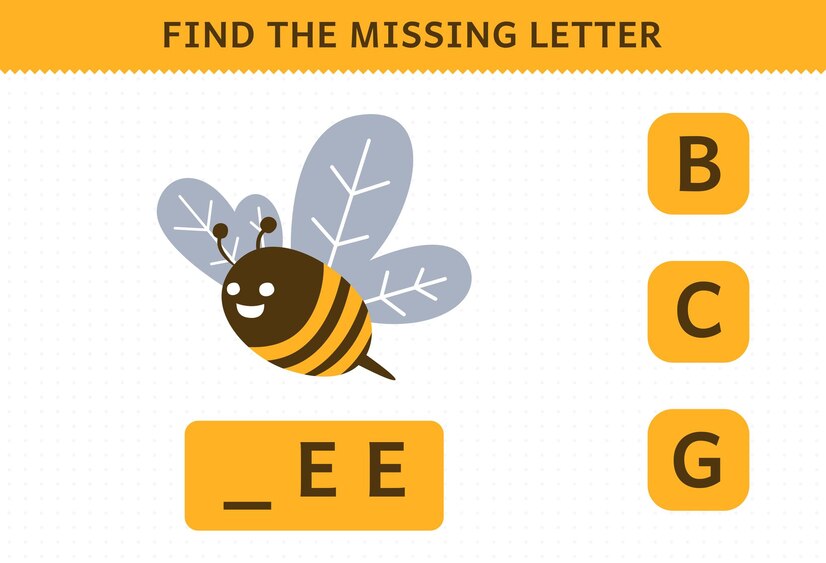
Introduction
Spelling Bee, the popular word puzzle game by The New York Times, has captivated millions of players with its unique blend of vocabulary challenges and strategic thinking. Whether you’re a casual player or a competitive wordsmith, finding the right Spelling Bee answers can be both rewarding and frustrating. This article will provide a comprehensive guide to understanding the game, strategies for finding all possible words, and tips to improve your performance. Additionally, we’ll answer frequently asked questions to help you become a Spelling Bee champion.
What Is the Spelling Bee Game?
The Spelling Bee is a daily word puzzle where players are given seven letters arranged in a honeycomb shape. The center letter must be used in every word, and words must be at least four letters long. The goal is to find as many valid words as possible, with points awarded based on word length. A “Pangram”—a word that uses all seven letters at least once—earns extra points and is a key achievement in each puzzle.
Unlike traditional spelling competitions, this game is not about memorization but rather about discovering words within a given set of letters. It tests vocabulary, pattern recognition, and creative thinking, making it both fun and mentally stimulating.
How to Find All Possible Spelling Bee Answers
1. Start with the Center Letter
Since every valid word must include the center letter, begin by focusing on it. Look for common prefixes and suffixes that can attach to it, such as -ing, -tion, or re-. For example, if the center letter is “P”, think of words like “plant”, “prank”, or “paint.”
2. Identify Common Word Patterns
Many English words follow predictable structures. Look for:
Compound words (e.g., “sunlight”, “notebook”)
Plurals (e.g., “trees”,”boxes”)
Verb conjugations (e.g., “running”, “jumped”)
3. Use Anagramming Techniques
Rearrange the letters to spot hidden words. For example, if the letters are A, E, G, L, N, R, T, you can form “alert,” “angle,” and “great.”
4. Check for Pangrams
A Pangram is the ultimate goal in each puzzle. To find one, ensure that all seven letters are used at least once in a single word. For instance, with C, E, I, L, N, O, V, the word “violence” could be a Pangram.
Strategies to Improve Your Spelling Bee Performance
1. Expand Your Vocabulary
The more words you know, the better your chances of spotting obscure terms. Reading books, playing word games, and studying word lists can help.
2. Practice Daily
Consistency is key. The more puzzles you solve, the better you’ll recognize patterns and letter combinations.
3. Use Online Tools (When Stuck)
If you’re struggling, websites like NYT’s Spelling Bee solver or word generators can provide hints without giving away all answers.
4. Avoid Common Mistakes
Proper nouns (e.g., “Paris”) are not allowed.
Hyphenated words (e.g., “self-aware”) are invalid.
Obscure abbreviations (e.g., “info” for “information”) are often excluded.
Why Is the Spelling Bee So Addictive?
The game’s appeal lies in its perfect balance of challenge and satisfaction. Unlike crossword puzzles, which rely on trivia knowledge, Spelling Bee is purely about language manipulation, making it accessible yet deeply engaging. The daily reset also creates a compulsive “just one more word” mentality, keeping players hooked.

Frequently Asked Questions (FAQs)
1. Are plurals allowed in Spelling Bee?
Yes, standard plurals (e.g., “cats,” “dogs”) are allowed as long as they meet the four-letter minimum. However, irregular plurals (e.g., “children”) may not always be accepted.
2. Can I reuse letters in a word?
Yes, you can reuse letters as many times as needed (e.g., “banana” uses ‘a’ and ‘n’ multiple times).
3. What’s the highest possible score in a Spelling Bee puzzle?
The maximum score varies daily based on the number of valid words. Some puzzles have over 200 points, while simpler ones may have fewer.
4. Do British spellings count?
Generally, American English spellings are preferred (e.g., “color” instead of “colour”), but some British variants may be accepted.
5. How can I find yesterday’s answers?
The New York Times publishes past solutions on their website, or you can check fan forums and Spelling Bee solver tools.
By applying these strategies and insights, you’ll be well on your way to becoming a Spelling Bee expert! Happy spelling!
Conclusion
Mastering Spelling Bee answers requires a mix of vocabulary knowledge, strategic thinking, and persistence. By using the techniques outlined in this guide—such as focusing on the center letter, recognizing word patterns, and hunting for Pangrams—you can significantly improve your scores. Whether you play for fun or competition, the Spelling Bee offers a rewarding mental workout that sharpens your language skills.